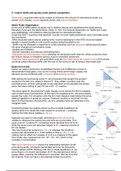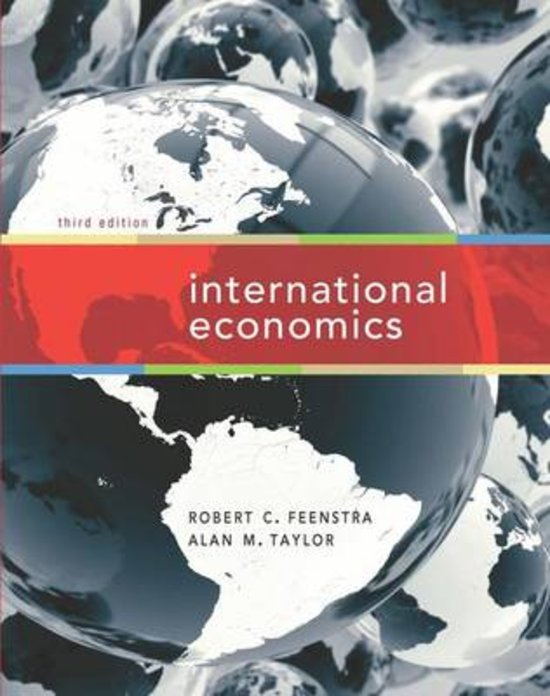Samenvatting
Trade Policy and Economic Integration entire course summary: Both books and EU reader
- Instelling
- Rijksuniversiteit Groningen (RuG)
CAN ALSO BE BOUGHT DIRECTLY FOR €5: text me This summary includes both books for the course Trade Policy and Economic Integration (Both Feenstra & Taylor and Baldwin & Wyplosz) as well as the summary of the EU reader from Pieter Ijtsma. It's a very extensive and in-depth review of all the course ...
[Meer zien]





